Coastal Kenya
Coastal Kenya blends rich Swahili heritage with stunning beachscapes and vibrant marine life.
From the white sands of Diani and Watamu to the historic alleys of Lamu and Mombasa’s Old Town, the coast offers a mix of relaxation, cultural depth,
and ocean adventures like snorkeling, dhow sailing, and diving over coral reefs.
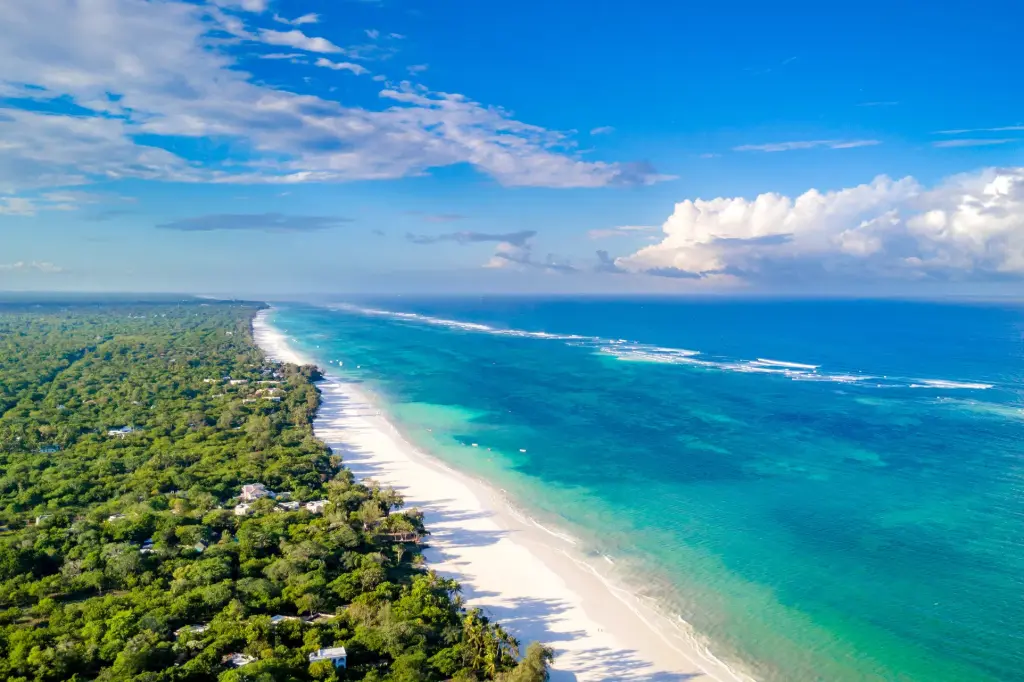
Diani Beach
Diani Beach is one of Kenya’s most popular coastal escapes, known for its powdery white sands, turquoise waters, and swaying palm trees.
Visitors can relax in luxury resorts, enjoy water sports like kite surfing, snorkeling, and deep-sea fishing, or take a dhow cruise at sunset. The beach also offers vibrant nightlife and nearby attractions like Colobus Conservation and Kaya Kinondo Sacred Forest.
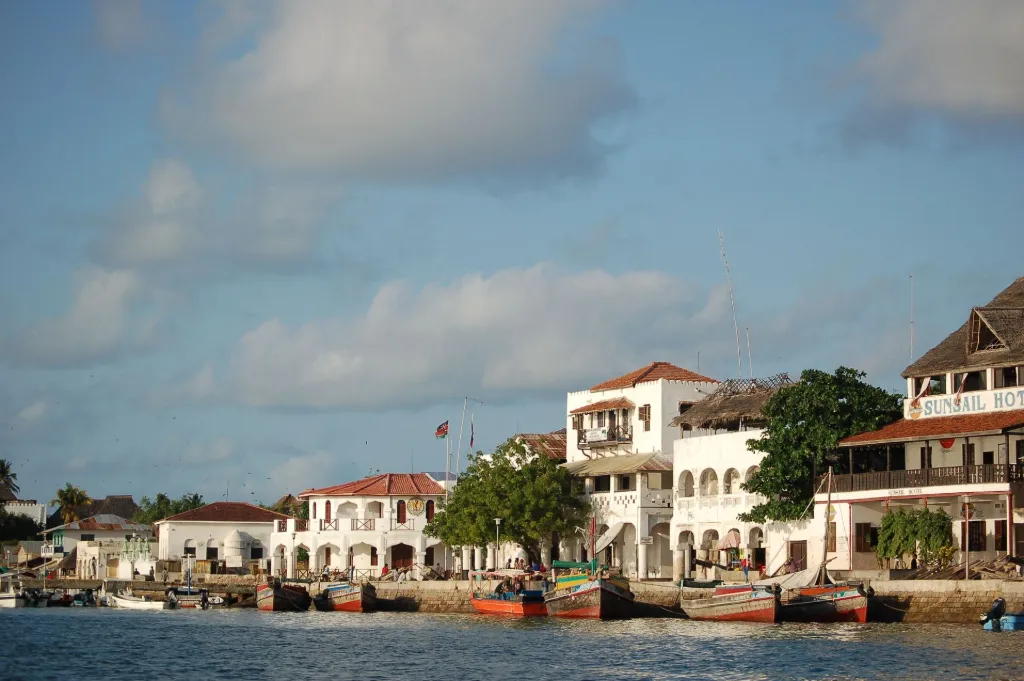
Lamu Island
Lamu Island, located off Kenya’s northern coast, is a serene and culturally rich destination known for its Swahili heritage. The island’s centerpiece, Lamu Old Town—a UNESCO World Heritage Site—is famous for its narrow alleyways, coral stone buildings, and intricately carved wooden doors. With no cars on the island, transport is by donkey or dhow, offering a peaceful and timeless experience.
Visitors can relax on Shela Beach, explore ancient ruins, or sail the Indian Ocean on traditional boats.
The annual Lamu Cultural Festival showcases local music, dance, dhow races, and poetry. Lamu is ideal for travelers seeking a blend of history, coastal beauty, and cultural immersion.
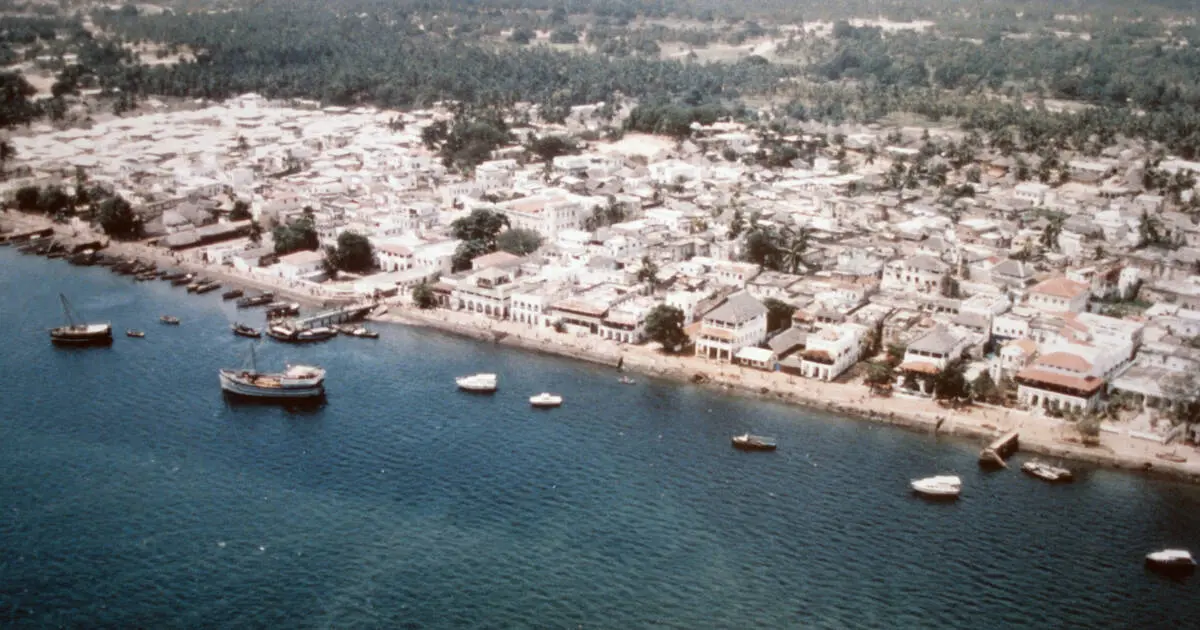
Lamu Old Town
Lamu Old Town is a living Swahili cultural site and Kenya’s oldest continually inhabited town. With its narrow alleys, coral stone buildings, and carved wooden doors, it offers a step back in time.
There are no cars—only donkeys and boats.
Visitors can expect rich cultural immersion, visit traditional dhow builders, and explore the Lamu Museum or take part in local festivals.
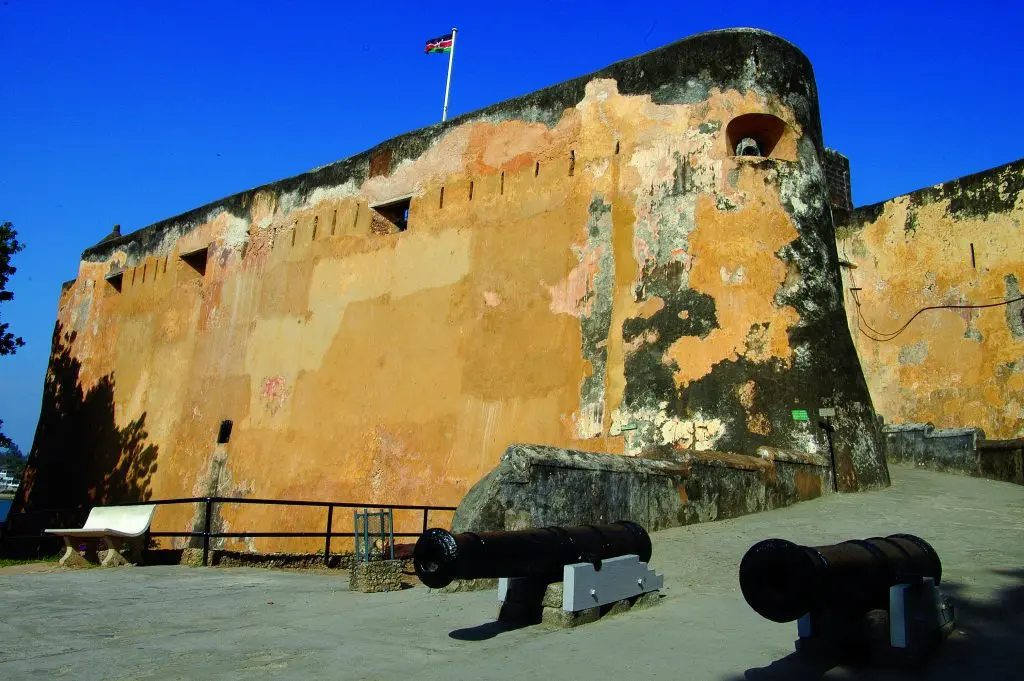
Fort Jesus
Built by the Portuguese in the 16th century, Fort Jesus is a UNESCO World Heritage Site located in Mombasa. It stands as a symbol of the region’s turbulent colonial history and maritime heritage.
Guests can explore its thick stone walls, ancient battlements, and a small museum showcasing Swahili artifacts, Portuguese weaponry, and archaeological finds from shipwrecks.
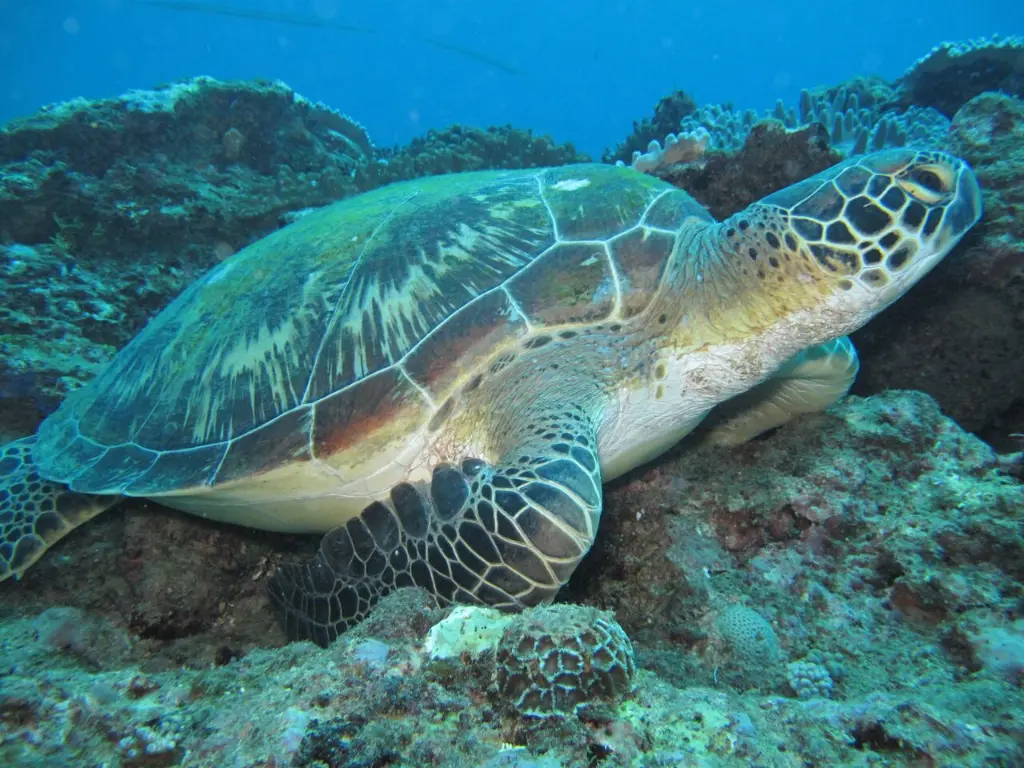
Watamu Marine National Park
This protected marine park is a haven for snorkelers and divers, offering pristine coral reefs, clear waters, and abundant marine life like sea turtles, dolphins, and colorful fish.
Guests can also enjoy glass-bottom boat tours or visit nearby attractions like the Mida Creek mangrove forest and Bio-Ken Snake Farm.
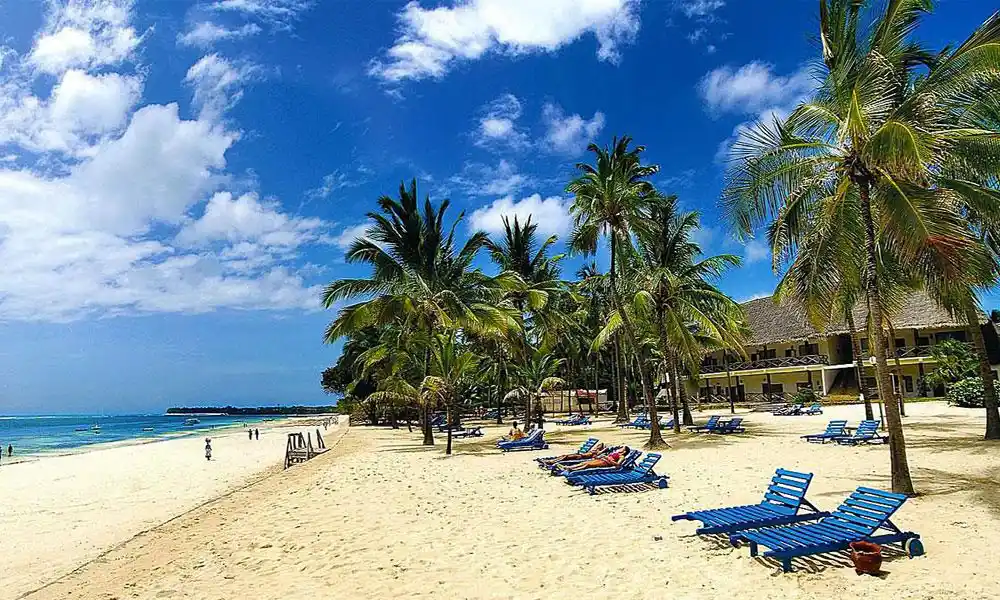
Malindi Beach
Malindi Beach is a laid-back coastal destination blending Italian influences with Swahili culture. Known for its golden sands and excellent diving spots, it’s perfect for those looking to unwind by the sea.
Nearby, guests can visit the Malindi Marine Park or take a trip to the Marafa Depression, also known as “Hell’s Kitchen.”
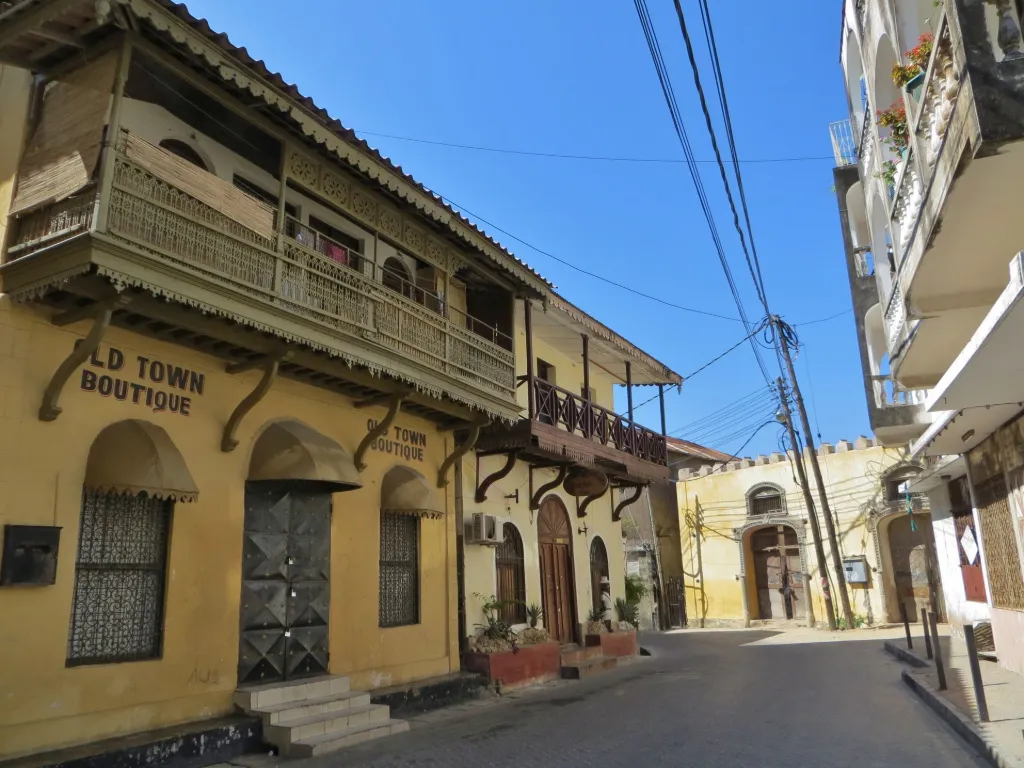
Mombasa Old Town
This historic quarter reflects the fusion of Arab, Asian, and European influences. With its intricately carved doors, balconies, spice shops, and mosques, Mombasa Old Town is perfect for cultural exploration.
Guided walking tours give visitors insight into its architecture, heritage, and the role it played in regional trade and religion.
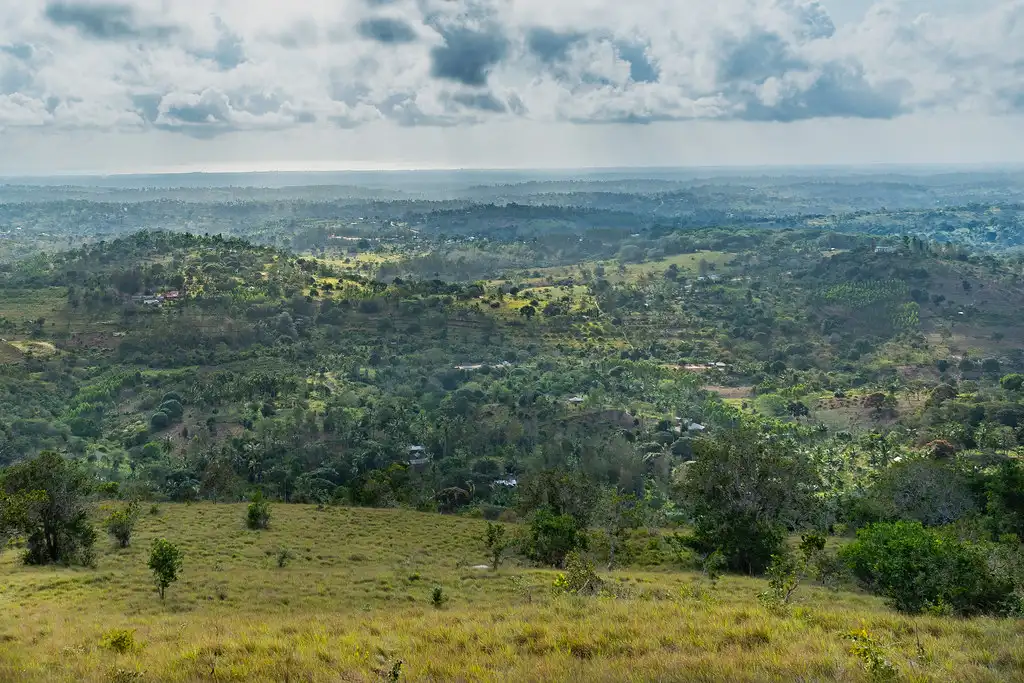
Shimba Hills National Reserve
Just inland from Diani, Shimba Hills offers a cooler, forested alternative to the coastal plains.
The reserve is known for its large population of endangered sable antelopes, scenic viewpoints, and the stunning Sheldrick Falls.
It’s ideal for day trips involving nature walks, bird watching, and game drives.
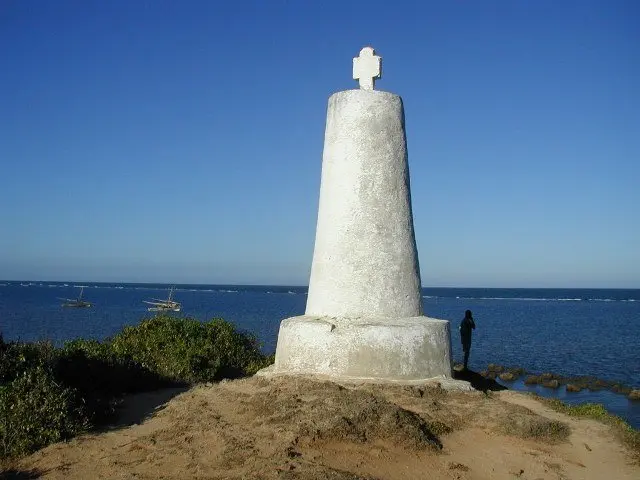
Vasco da Gama Pillar
This iconic coral stone pillar in Malindi was built in 1498 by the Portuguese explorer Vasco da Gama. Overlooking the Indian Ocean, it’s one of the oldest European monuments in Africa.
Visitors can enjoy panoramic views of the coastline and learn about early maritime exploration and trade routes.
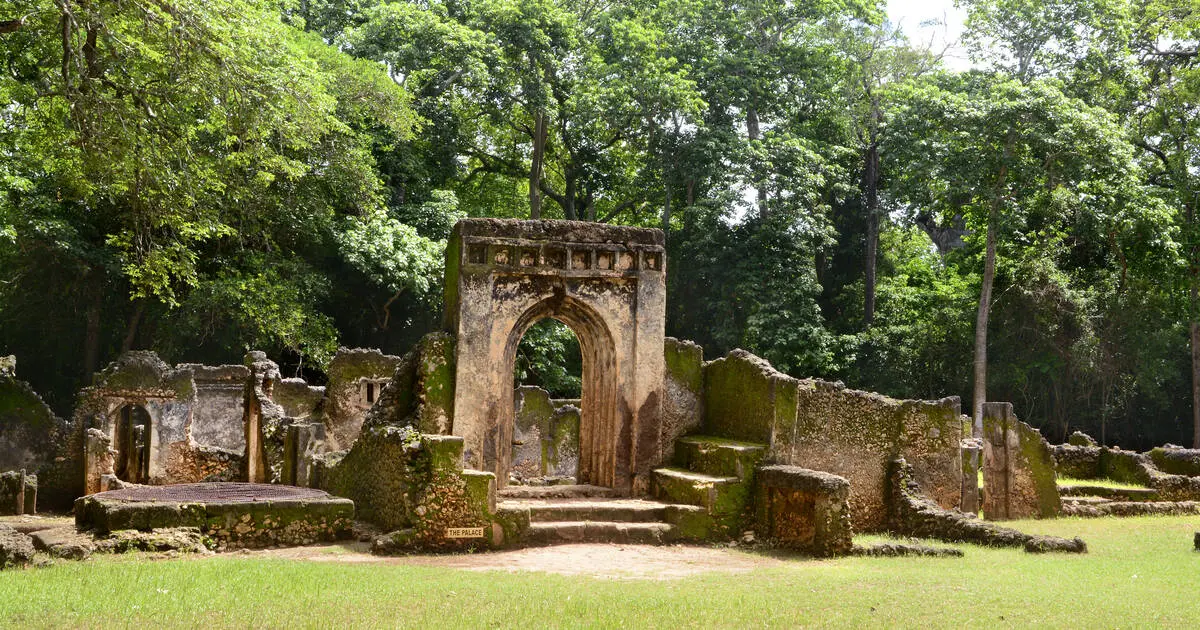
Gede Ruins
Hidden in coastal forest near Watamu, the Gede Ruins are the remains of a 13th-century Swahili town. Excavated stone houses, mosques, and a palace give insight into the lost civilization’s advanced architecture and trade networks.
Guests can tour the site and explore the surrounding Arabuko Sokoke Forest for wildlife encounters.
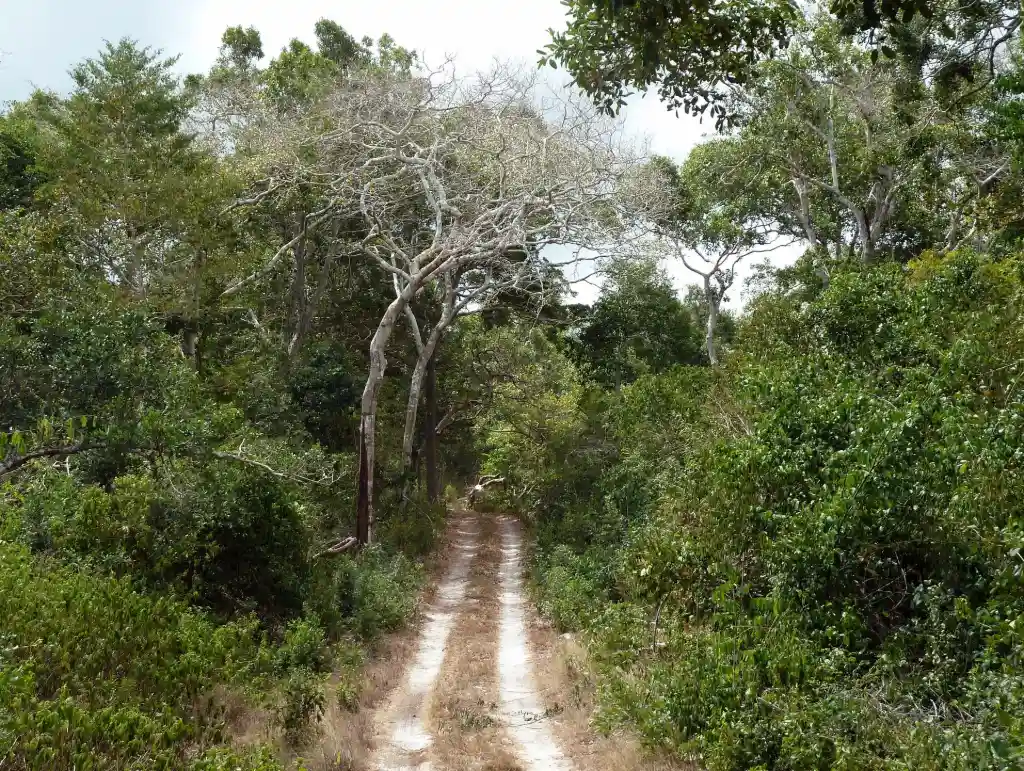
Arabuko Sokoke Forest
This is the largest coastal forest in East Africa and a biodiversity hotspot. Nature lovers will find rare bird species like the Clarke’s weaver and Sokoke scops owl, as well as butterflies, elephants, and golden-rumped elephant shrews.
Guided forest walks or cycling tours offer an immersive experience in this ancient ecosystem.